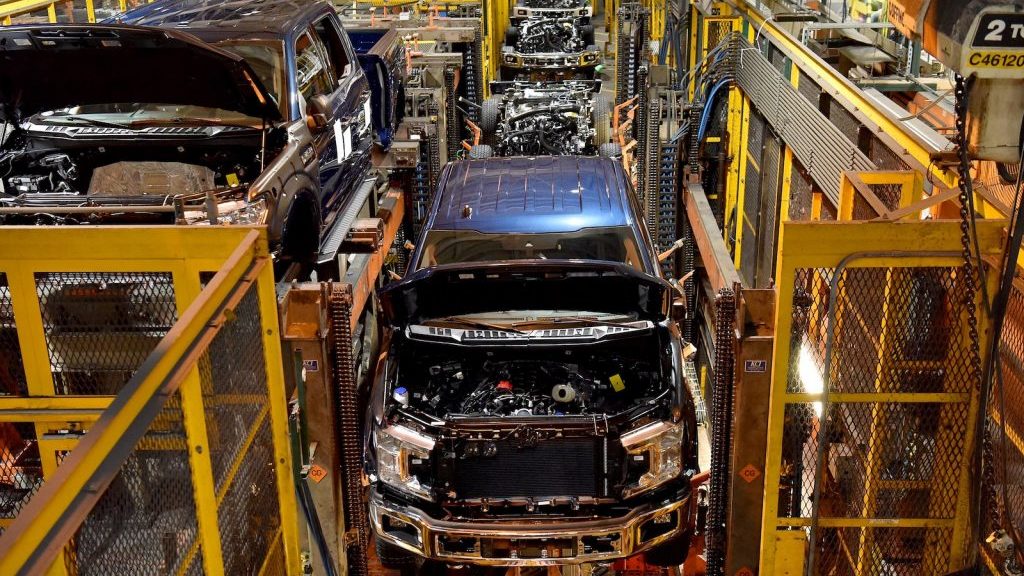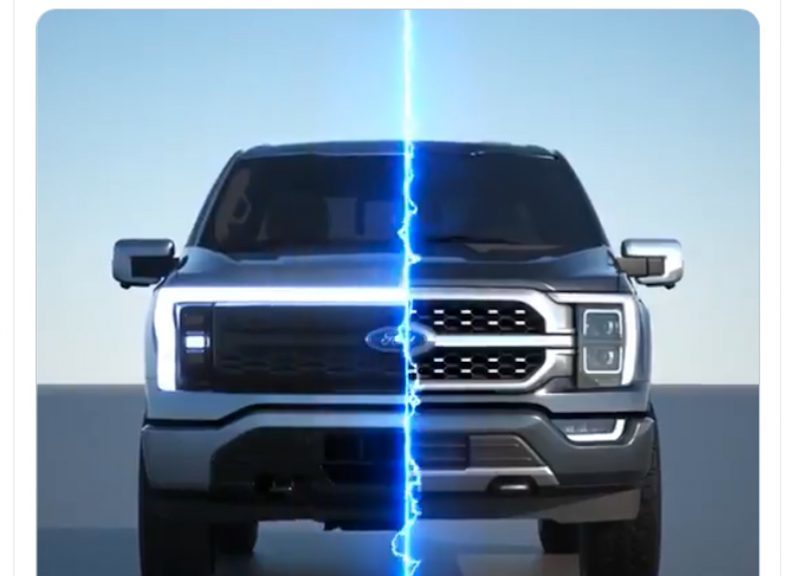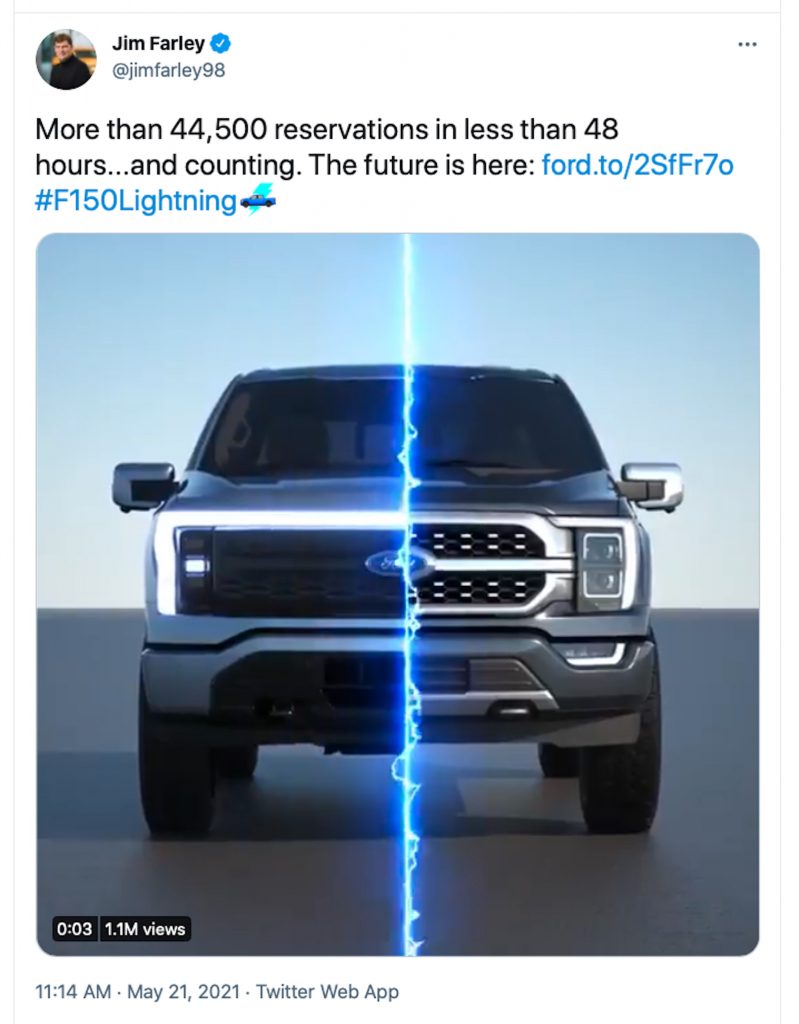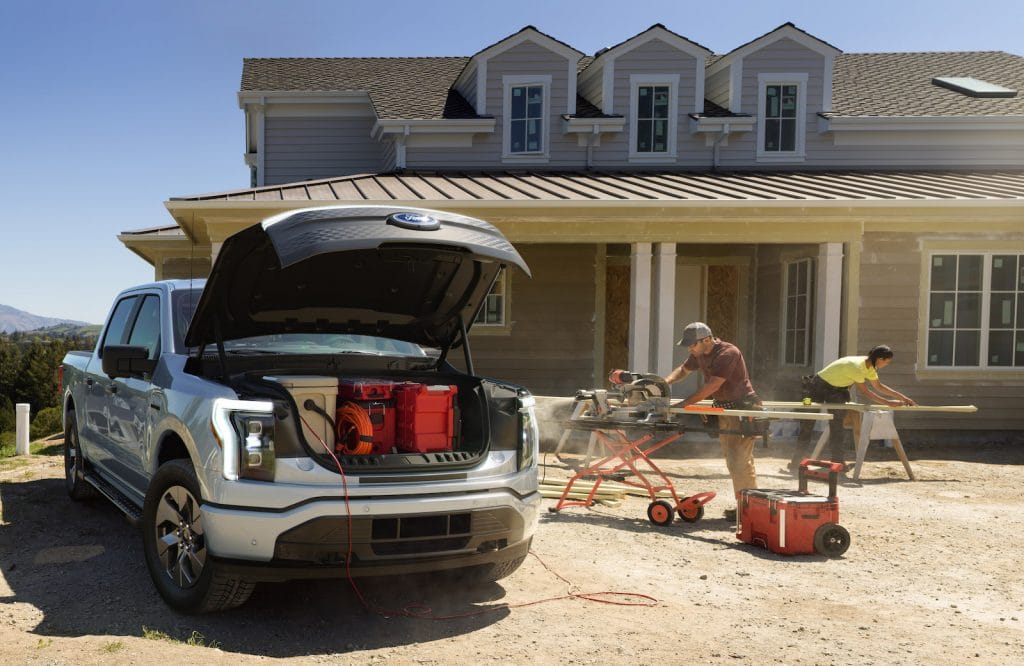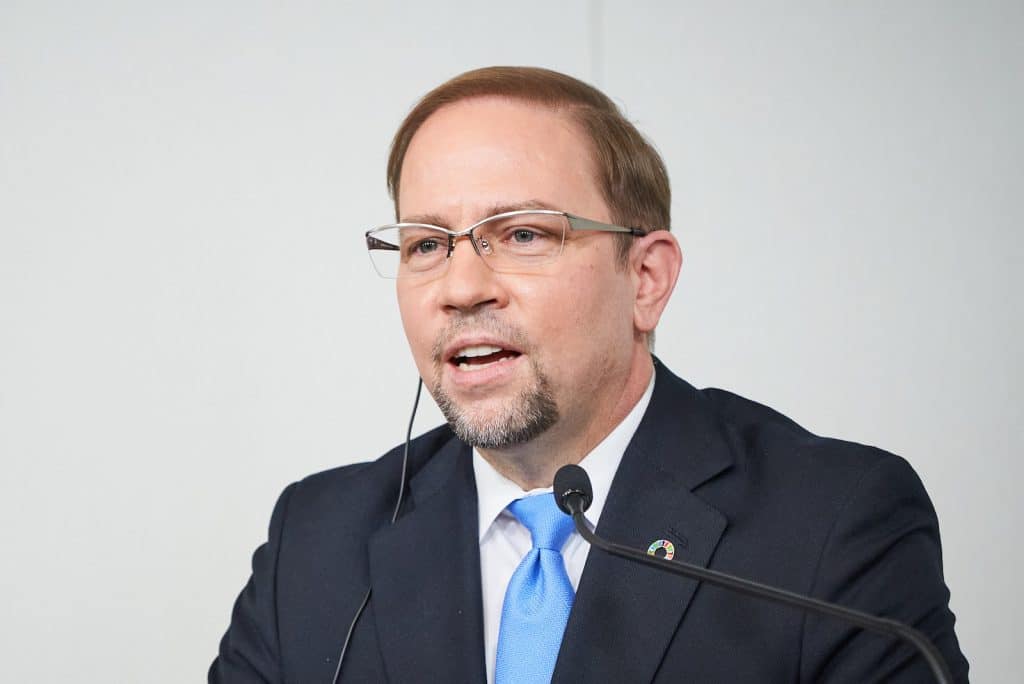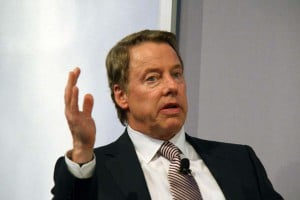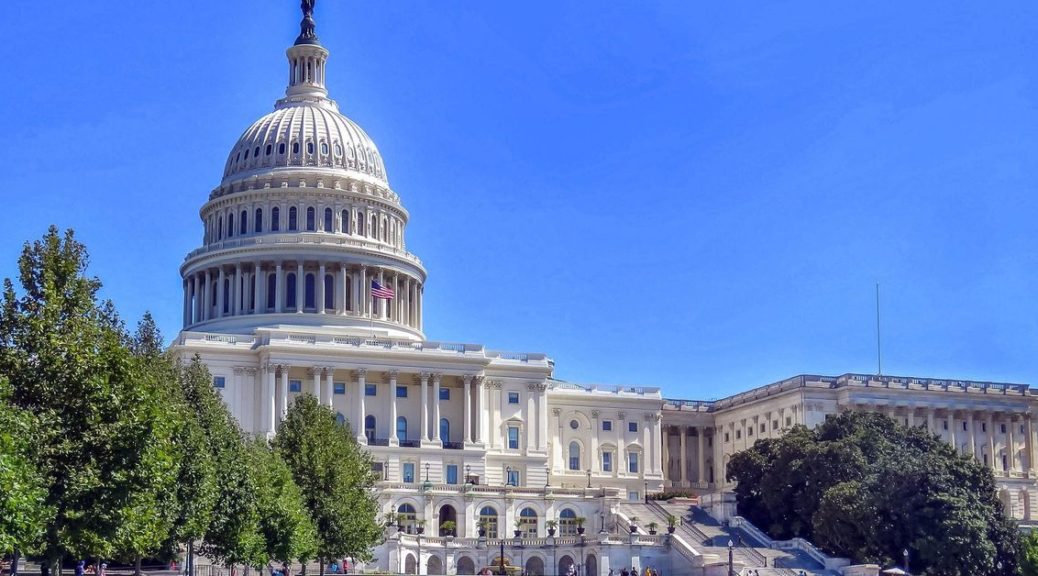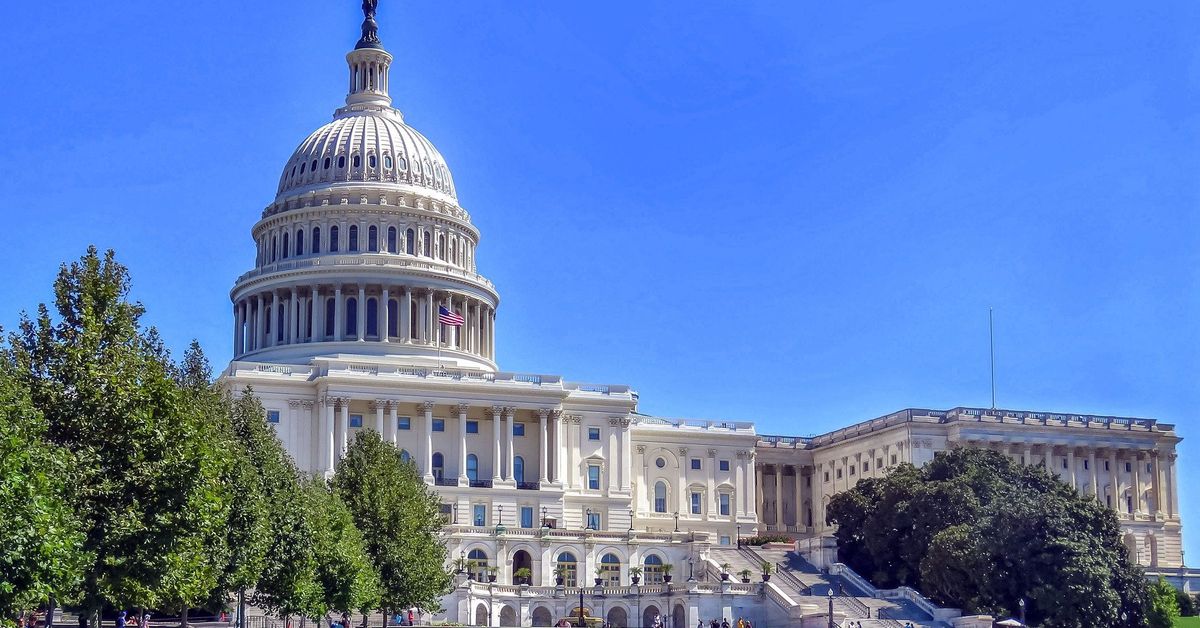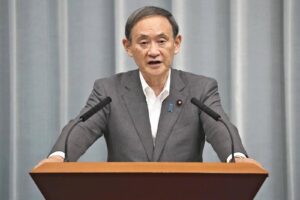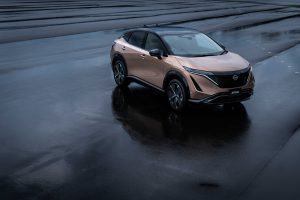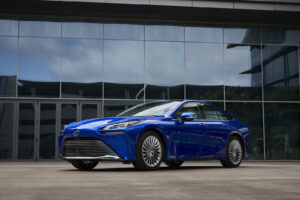Ford Motor Co.’s been among the hardest hit — if not the hardest — by the ongoing semiconductor chip shortage.
In fact, the Detroit-area automaker announced another round of plant shutdowns — most related to chip related issues — June 30, but the stock fell only slightly closing at $14.84, down just 17 cents from the previous day’s closing price of $15.01.
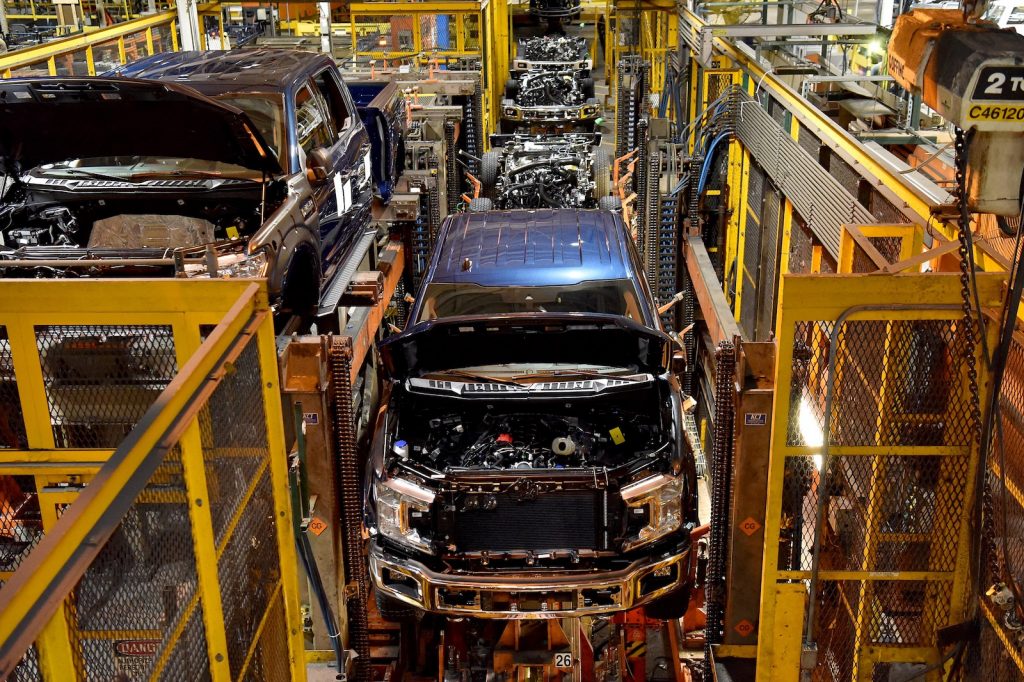
The Dearborn, Michigan-based automaker has been battling the semiconductor challenge essentially on two fronts. First, its primary supplier of chips, Japan-based Renesas saw its plant catch fire in mid-March. Any chance to go to the open market to make up for that was obviously impossible since large-scale producers in Taiwan and Asian countries were overrun by demand from, well, everyone.
Despite this compounding set of problems, investors seem to be riding the chip-powered rollercoaster with the automaker in 2021. The company’s stock, which languished below the $10 a share mark for much of the 18 months heading into this year, has enjoyed steady support thus far in 2021.
Riding the slow-rising wave
Analysts and investors alike have been waiting for the stock to begin some sort of comeback. It wasn’t all that long ago it traded above the $40 a share mark. In 2020, it fell as low as $4.33 in March; however, when the markets opened Jan. 4, 2021, Ford started at $9 even.
And despite repeated plant closures, which included its best selling and most profitable vehicles — trucks and SUV — investors seemed to keep the faith, prices rising into the second quarter despite repeated warnings from CEO Jim Farley repeatedly telling anyone who would listen that the second quarter would be the worst.
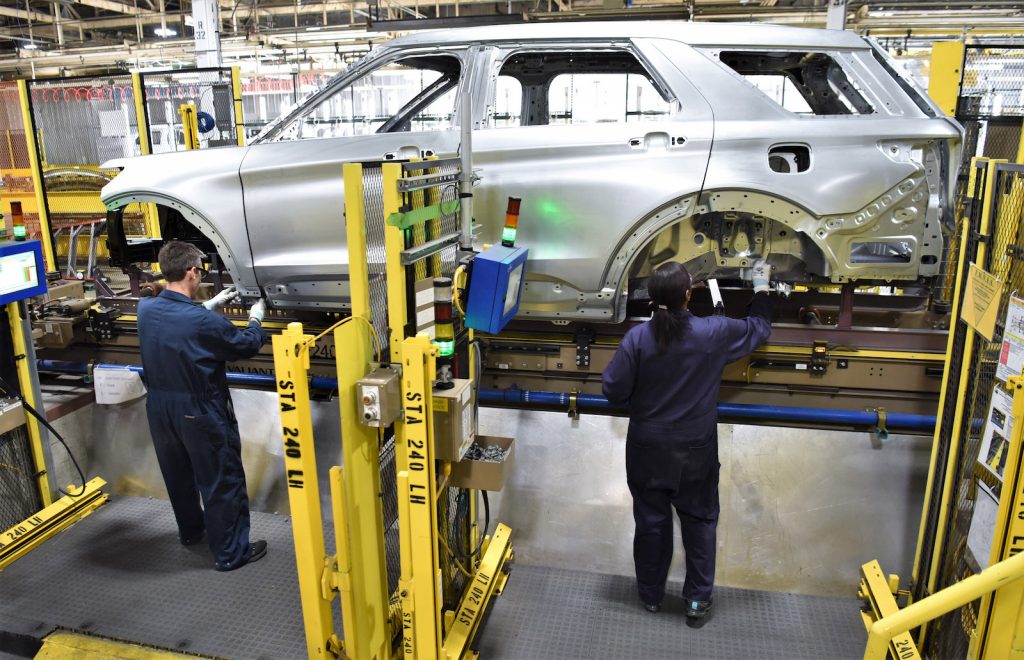
Forewarned is forearmed
It appears sounding the alarm worked. The stock price began Q2 at $12.17 and closed June 30, the last day of the period just shy of $15 even as more closures were announced.
It’s shuttering the production line for the F-150 pickup truck at its Kansas City assembly plant for two weeks next month. Additionally, Ford’s Michigan assembly plant that recently started shipping its Bronco SUVs will be down for two weeks in July due to a shortage of certain auto parts, the company said, adding that this was unrelated to the chip shortage.
Ford’s massive Chicago assembly plant, which makes the Explorer sport-utility vehicles is closing from the week of July 5 to the week of July 26. It will run just two shifts – instead of three — the week of Aug. 2, according to the maker. Despite this, analysts seem pleased with what the automaker is doing.
“Ford is doing pretty well,” said Bank of America Analyst John Murphy during Merrill Lynch’s “Car Wars” online event for investors. He noted the company’s betwixt and between its product cycles with some all-new models coming out and generating excitement — like the Bronco Sport and Bronco — while some of its older models getting only minor tweaks to gain interest.
All charged up by EVs
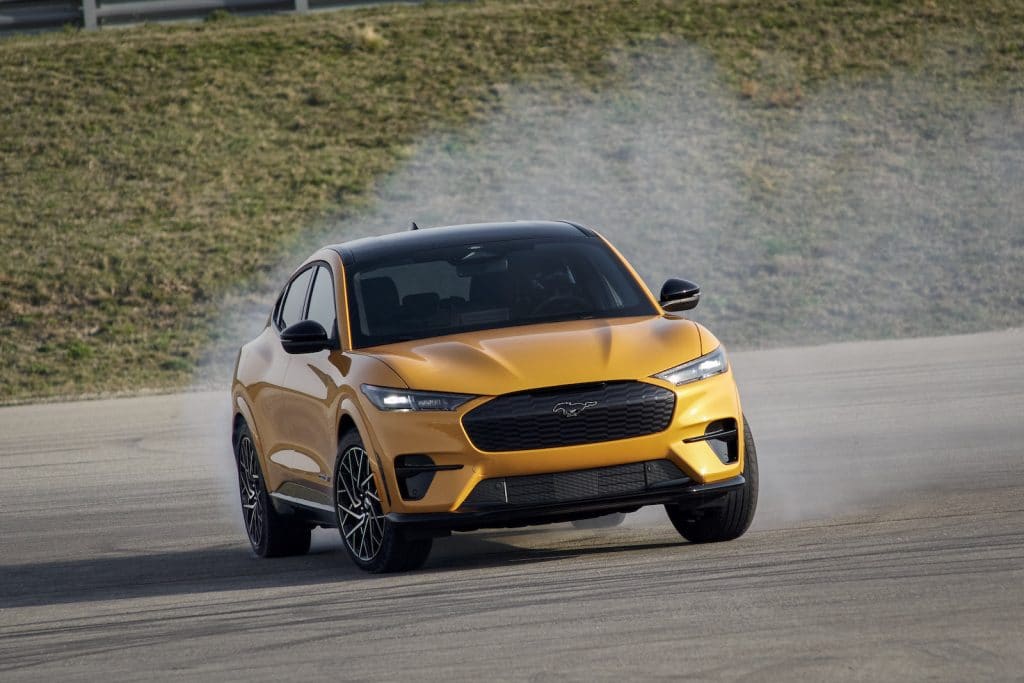
What’s endearing Ford to investors is its leap into the EV market with its two strong product names: Mustang and F-150. In the last six months, the public’s finally gotten a good look what Ford plans to bring to the market in terms of the Mustang Mach-E followed by the F-150 Lightning. To a lesser extent, but still difficult to ignore, the company’s is the top seller of vans with its Transit and it revealed the electrified E-Transit too.
“We have the number one pickup truck, globally, that’s going with the number one van globally, that’s going electric and in North America, globally, for both,” Farley said during a call in mid-July. “And we have the number one sports car in the world going global, and going (to get) better in the next six months.
“And so far, Mustang Mach-E is the only one out — it’s completely sold out. So, all I can tell you is that we’re going to be working hard on the flexibility for manufacturing, and our battery supply because we have the demand. And so far, early indications are that when you look at F-150. The adoption and the interest from customers is going faster, maybe, than even Ford expected.”
At the debut of the F-150 Lightning, Farley told reporters, “I am looking at this vehicle as a test for adoption of electric vehicles.” He added by using the company’s highest profile vehicles, it demonstrated commitment to EVs. By introducing it on its best-selling model, it gets scale, allowing the company to introduce the Lightning at just under $40K and securing more than 100,000 deposits — at $100 each — within a few weeks of its debut.

